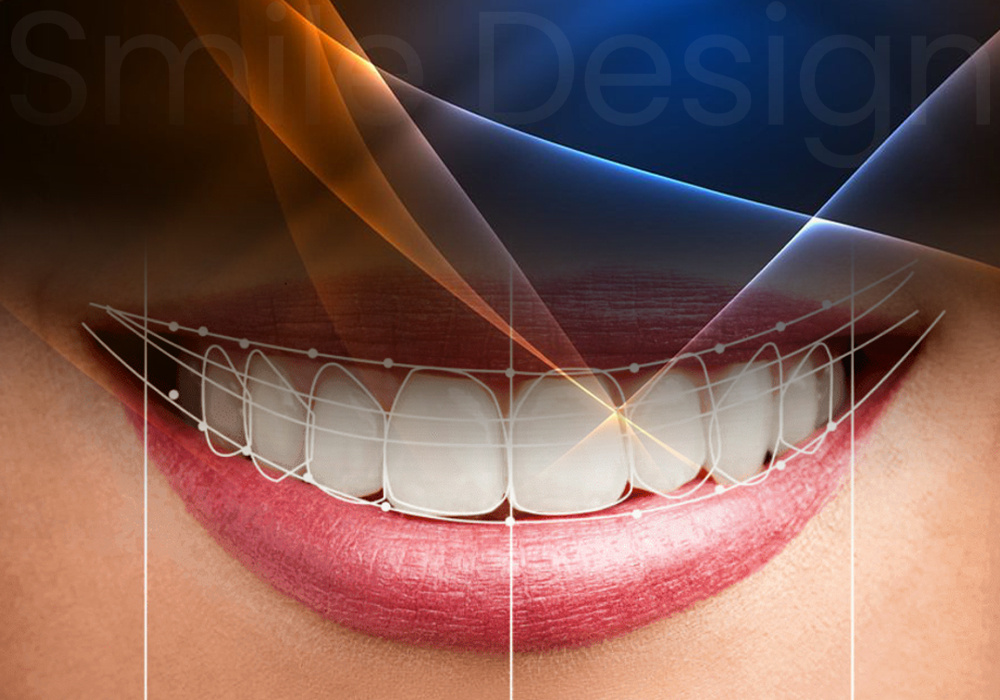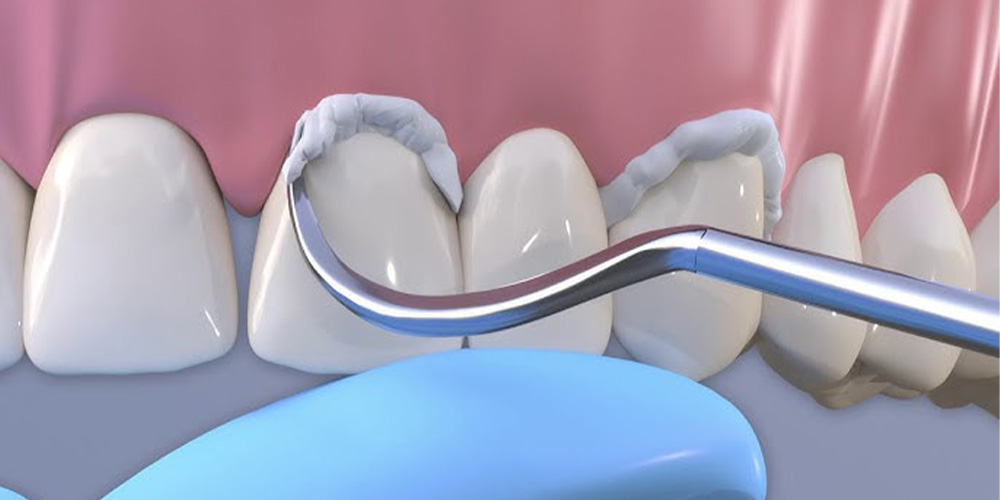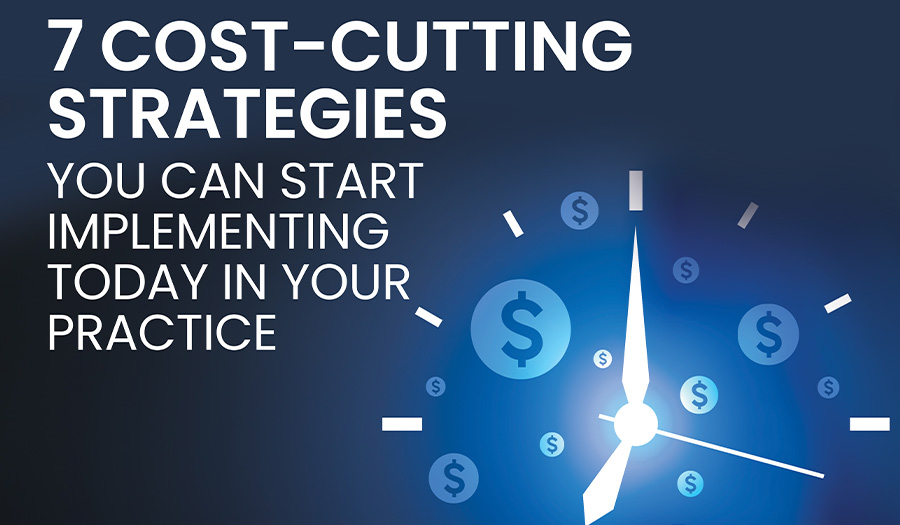3 min read
Shaping Smiles: The Cutting-Edge Advancements Redefining Cosmetic Dentistry in 2025
_ : 01/16/2025

Cosmetic dentistry has entered an exciting era, where rapid advancements in technology and materials are reshaping what’s possible. These innovations are not just enhancing the way treatments are delivered—they are fundamentally transforming how patients experience care. From revolutionary materials to the integration of artificial intelligence (AI), digital technologies, and minimally invasive techniques, 2025 is looking to be a landmark year for the field.
A New Era of Dental Materials
The foundation of any cosmetic dental procedure lies in the materials used, and 2025 has ushered in a new generation of options that are as durable as they are lifelike. Modern composites and ceramics now closely mimic the optical and physical properties of natural teeth, enabling minimally invasive procedures that preserve more of the tooth structure.
These advancements are a testament to how far biomaterials research has come, setting the stage for more innovative restorative options in the years ahead.
[Learn More About VOCO’s Biomimetic Composite, GrandioSO, and Try a Free Sample]
Seeing is Believing: Advanced Imaging and Diagnostics
While materials lay the groundwork, behind every successful cosmetic treatment is a thorough diagnostic process, made possible by advanced imaging tools. High-resolution digital scanners and cone-beam computed tomography (CBCT) scans now provide clinicians with detailed, three-dimensional visualizations of dental structures. This technology enables the early detection of issues and paves the way for targeted treatments that are more precise and less invasive.
Incorporating these diagnostic tools into routine care ensures that patients benefit from proactive, rather than reactive, approaches.
Artificial Intelligence: Elevating Precision and Personalization
To heighten diagnostics—as well as analysis and planning—artificial intelligence is taking patient care to new heights. AI is no longer a concept of the future—it is here, transforming cosmetic dentistry into a more precise and efficient practice. Algorithms now analyze patient data to refine diagnoses and tailor treatment plans, allowing clinicians to achieve better outcomes with less guesswork.
For example, AI-enabled fusion of CBCT and intraoral scans provides unparalleled accuracy in 3D tooth-bone reconstruction. These advancements don’t just improve workflows—they also set a new standard for quality, as AI-designed restorations can often surpass the precision achieved by human technicians.
The Digital Revolution: CAD/CAM and Beyond
Complementing the power of AI are digital technologies, particularly CAD/CAM systems. Once considered a luxury, these systems have become integral to cosmetic dentistry, enabling same-day restorations and elevating the standard of care. Digital impressions paired with 3D printing technologies allow dentists to design and fabricate crowns, veneers, and bridges with unmatched accuracy, often within a single appointment.
This seamless integration of digital tools minimizes patient discomfort while improving satisfaction, showcasing the transformative potential of technology in dentistry.
[Learn More About VOCO’s Nano-ceramic Hybrid CAD/CAM Block, Grandio blocs]
The Beauty of Minimalism: Embracing Conservative Techniques
Esthetic excellence doesn’t have to come at the expense of healthy tooth structure. The rise of minimally invasive techniques has revolutionized cosmetic dentistry, focusing on adhesive bonding and biocompatible materials that prioritize preservation. Furthermore, this goes back to CAD/CAM dentistry, which allows for more precision-milled inlays and onlays, in many cases replacing the MOD restorations that require the removal of large amounts of healthy tooth structure. This approach not only maintains the integrity of natural teeth but also fosters long-term oral health, proving that less can indeed be more.
Designing Smiles: A Patient-Centered Approach
The modern patient expects more than just technical expertise—they want to be involved in the process. Enter Digital Smile Design (DSD), a groundbreaking approach that blends technology with collaboration. By allowing patients to visualize their potential outcomes before treatment even begins, DSD fosters a deeper understanding and alignment between dentists and patients. This focus on communication ensures that the final result meets both aesthetic and functional goals, creating a truly personalized experience. DSD is also being bolstered with the assistance of AI, offering clinicians high-quality DSD while saving significant time.
A Unified Vision: Advancing the Future of Cosmetic Dentistry
What ties these advancements together is their shared goal: empowering dentists to deliver better, faster, and more personalized care. From regenerative materials to AI-driven workflows and patient-centered design, each innovation represents a step forward in making cosmetic dentistry more efficient and effective.
As 2025 continues to unfold, one thing is clear—these breakthroughs are not only redefining what’s possible in cosmetic dentistry, but they’re also reshaping the very nature of the dentist-patient relationship. VOCO remains dedicated to leading this transformation and advancing the future of dentistry. Be sure to revisit our blog regularly to stay informed about the technologies revolutionizing dental care and shaping the smiles of tomorrow.
Why Fluoride Concentration Still Matters in Modern Varnishes
Fluoride varnish has long been a mainstay in preventive dentistry. It’s a professionally applied, high-fluoride coating that adheres to tooth...

Losing Crowns Means Losing Patients – A Cementation Solution You Can Count On
Statistics indicate that the average dental office in the United States performs thirty crown preparations per month. Considering that most offices...
